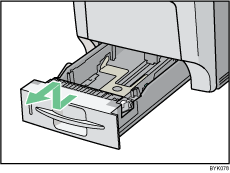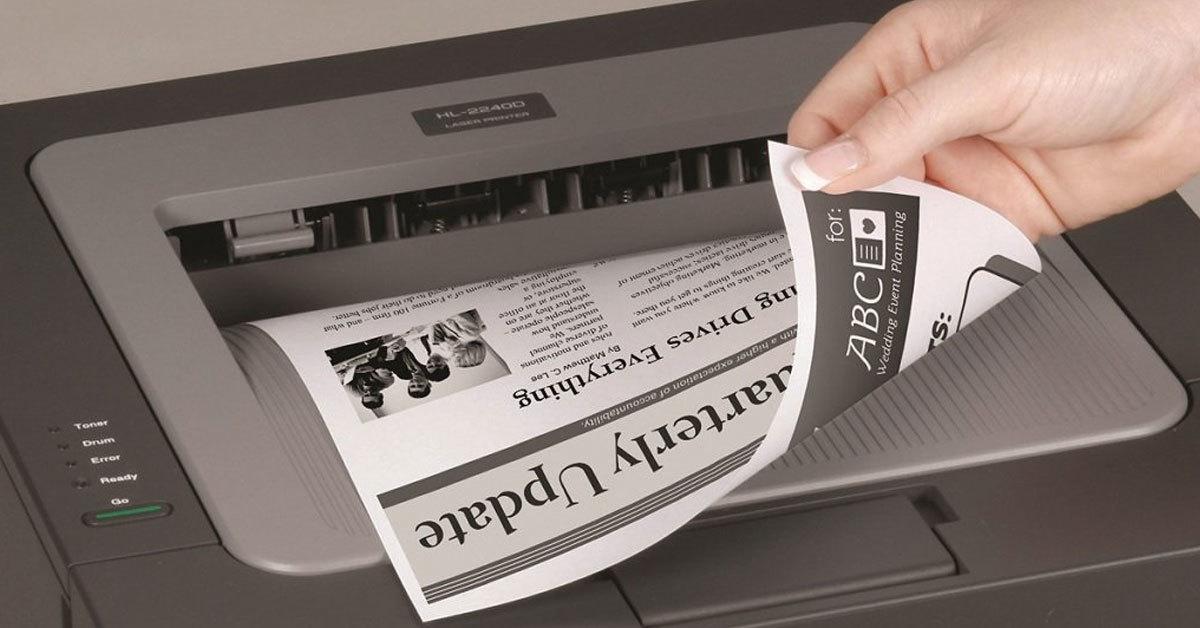TIPS FOR BUYING A GOOD PRINTER FOR YOURSELF
TIPS FOR BUYING A GOOD PRINTER FOR YOURSELF
Ready to buy a printer? These are the specs you need to understand to make a good choice;
- Dots per inch (dpi)
This number defines how many dots the printer can fit onto a square inch of paper. The higher the maximum resolution, the more detailed an image the printer is capable of creating.
- Speed:
This number is usually expressed in pages per minute (ppm).Note that print speed varies depending on the complexity of the job, too; printing complex graphics or on both sides of the page (duplexing) will slow your printer.

- Internal memory:
This spec will be expressed in kilobytes (KB) or megabytes (MB), if at all (most personal printers don’t have any memory). Among business printers, the amount of standard internal memory is an indication of how much print data the machine can accumulate when a queue of jobs is waiting to print.
A low-end business printer might have anywhere from 32MB to 128MB of RAM, while higher machine will have 256MB to 512MB of RAM, despite that graphics-oriented printers might start with 1GB.
If you have a very busy office, or if you print complex or graphics-intensive files, you will need more–sometimes a lot more. Always Check for a printer’s maximum upgradable memory .
- Monthly duty cycle:
The specs for all business printers and most personal printers will include a number indicating the maximum number of pages the device can print per month without failing. The typical personal printer’s duty cycle will be somewhere under 5000 pages, while a lower-end business printer will dwell in the 20,000-page range. Higher-end workhorses boast duty cycles of 100,000 or more pages.

- Networking:
A personal printer will always have a USB connection for use with one computer. An increasing number have integrated wireless, for use in a home among several wirelessly connected computers. A business printer will have an ethernet connection so that it can function on a network; some models might also have wireless capability for use in an appropriately equipped small office.
- Standard and optional input tray(s):
The number of sheets your printer can take in its standard configuration should exceed the number of pages you print per day–ideally by a multiple of three or more, so you don‘t have to touch the tray more than once or twice a week. A personal printer typically holds 100 to 150 sheets of paper in a single tray, usually with no upgrades available. A business printer will hold 250 sheets of paper at a minimum, but higher-end models can accommodate 500 to 1000 or more pages in their standard or upgraded configurations.

- Multipurpose tray or manual feed slot:
These features are designed to feed a single piece or a small quantity of thicker media, such as envelopes, through your printer.
- Duplexing:
Two-sided printing, or duplexing, is a great feature because it can cut your paper costs in half and spare some trees. If that appeals to you, look for a model with automatic duplexing; the feature is available on some personal printers and many business printers. Some printers offer manual duplexing, with prompts that tell you how to rotate and reload the paper to print the second side; this approach is better than nothing, but it’s a real hassle if you want to duplex all the time.

For Your Best Solutions on Best Printers Click here. For the Best Deals on Printers Countrywide